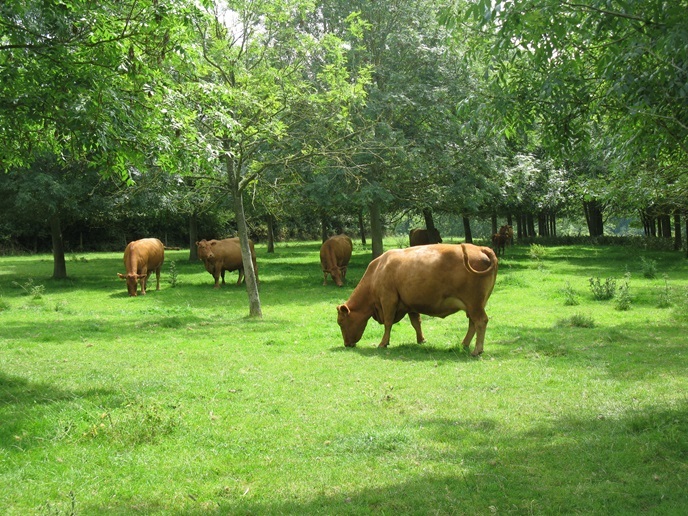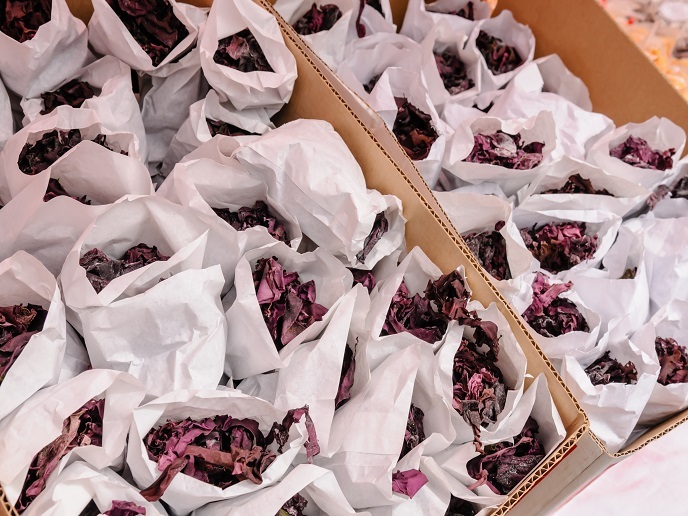Sustainable potato production in Nigeria
Global warming is expected to have long term-effects such as drought. This puts the sustainable production of some crops at risk. One such crop is the potato (Solanum tuberosum). It is at high risk because, compared to other crop species, potato is highly sensitive to water stress. ELITE (Mapping quantitative trait loci for water use efficiency in potato (Solanum tuberosum)) developed a main knowledge base on physiological mechanisms of potato crop adaptation to water stress. In order to accomplish this, the team exploited the existing genetic variation in a diploid mapping population. Substantial variation was found in canopy temperature between genotypes. A link was made between high stomatal conductance and yield with the use of infrared thermography under well-watered field grown conditions. The project evaluated the effect of limited water stress on different physiological and morphological parameters under tropical drought conditions in Nigeria. In order to do so, they selected genotypes from the 06H1 population that represent extremes as regards transpiration/canopy temperature. Genotypes were transferred as whole tubers following phytosanitary certification and granting of import permits from regulatory agencies in Nigeria and the United Kingdom. The trial was conducted in Nigeria in field conditions using a randomised complete block design with three replications. Morphological traits were considered, including fresh and dry shoot weight, fresh and dry root weight, and number of tubers and their yield. Genotypic differences were found in agronomic and morphological traits under limited water field conditions. Cultivars with a robust rooting system exhibited better tuber yield and were therefore considered as potential parents in drought breeding programmes of Nigeria’s National Root Crops Research Institute.







